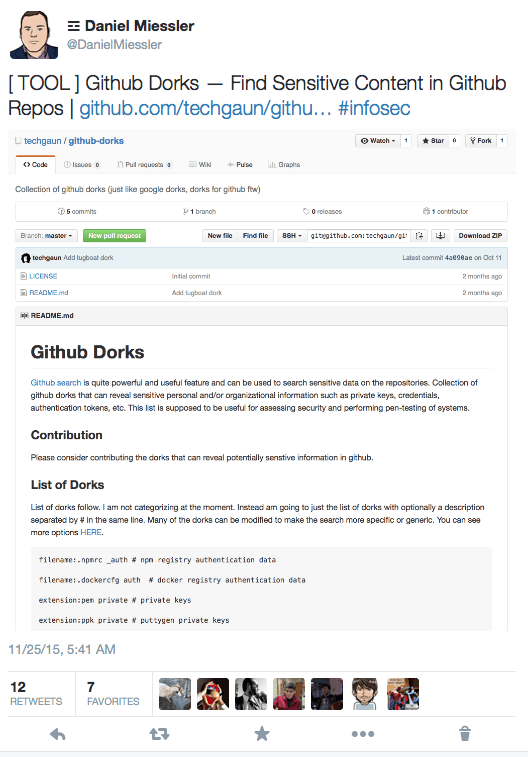How to Achieve Maximum Interaction on Your Tweets

[ An example tweet > from my timeline created within minutes of this post. ]
Twitter is a black box to many, including people who use it often.
Some tweets take off instantly, and others (which you’d expect to do well) just fizzle and die. There’s luck involved, but not as much as you might think.
Here’s how to give your tweets maximum chances for retweets and likes:
Make the text portion easy to parse
Things vary by subject matter, but I like to describe what type of content is coming using something like [ TOOL ] , or [ ESSAY ]
I then give the capitalized short name of the item
Separate with a hyphen (actually a long dash)
A capitalized short description of the item
A pipe symbol (|) to separate the title/description from the link
The link itself
Up to two (2) hashtags
If the content relates to a person, I often include their Twitter handle (@brooksgarret, for example), perhaps with a HT prefix to show that it is related to them in some way
Always add an image (unless it’s a short, personal status update or an @reply)
That seems like a lot of stuff, but as you can see from the example above, it’s pleasing to the eye.
And that’s the central point: The key to good tweets is making it easy for the reader to see the value in what you’re presenting.
I like to highlight content elsewhere on the web—software projects, essays, news articles, etc., and the best way to do that is with a cleanly displayed title combined with an image.
Images matter. They show that you cared enough to put time into the tweet, which (perhaps unsurprisingly) means there’s a better chance that the content you’re presenting is better than average.
Summary
Crisp title and description
Use special characters to break up text sections
Always use an image
1-2 hashtags (2 max)
Give credit and spread love via @username callouts
As with all writing, the golden rule is to make it easy for the reader. Don’t make them wonder what your tweet is about. Show them.
Notes
I hope it goes without saying that you should be highlighting high quality content. If the content is bad there’s little that can be done for it. But if the content is good and the presentation bad, you can get similar results.
As I said, this type of approach works best for highlighting content from elsewhere online. If you use Twitter as a stream of consciousness, this applies less. Also, I don’t advise using Twitter in that way unless you’re a household name or you don’t care about your audience.